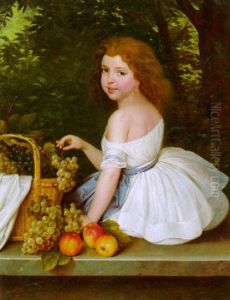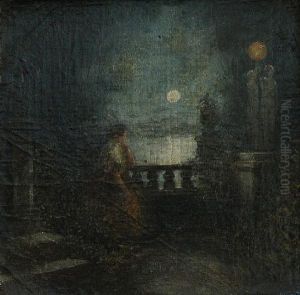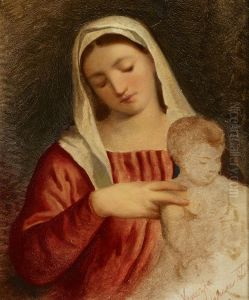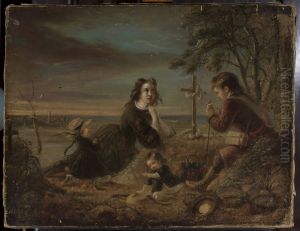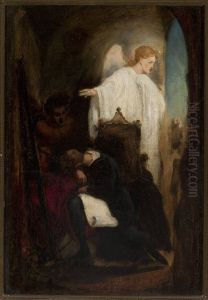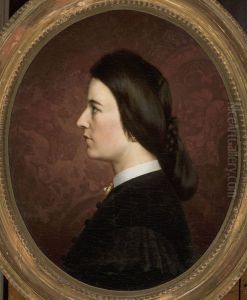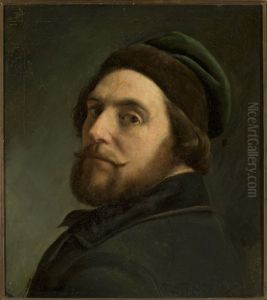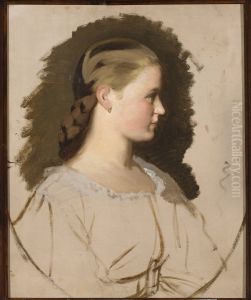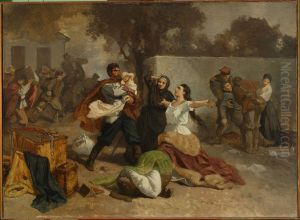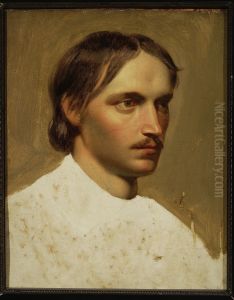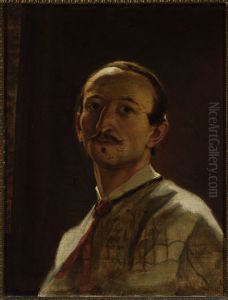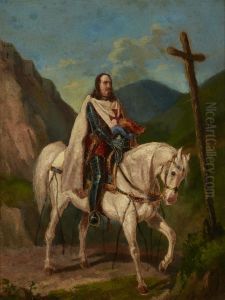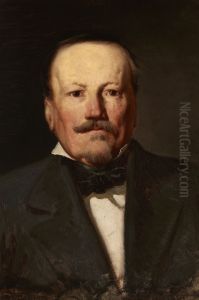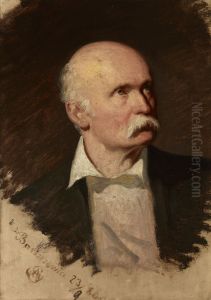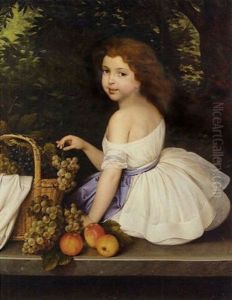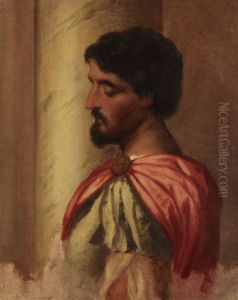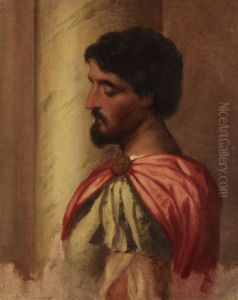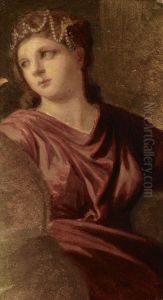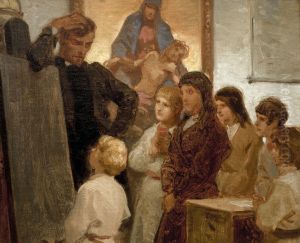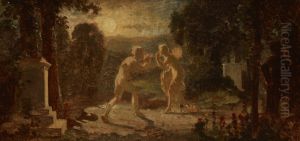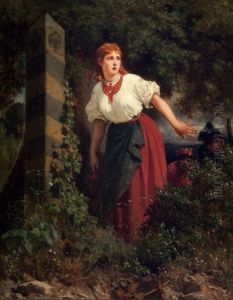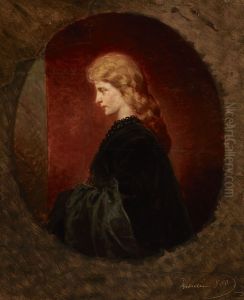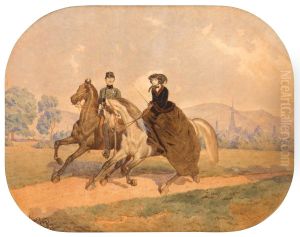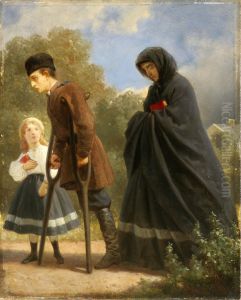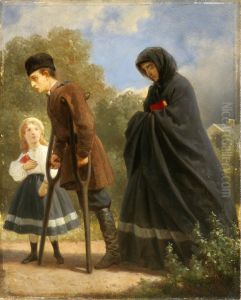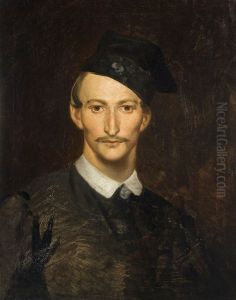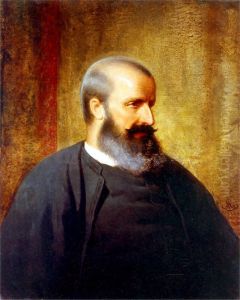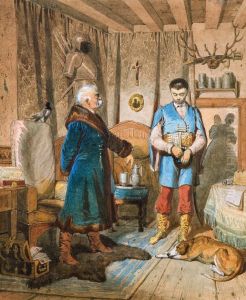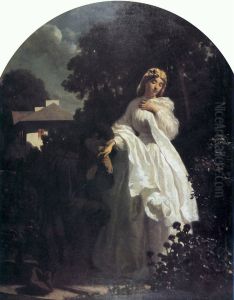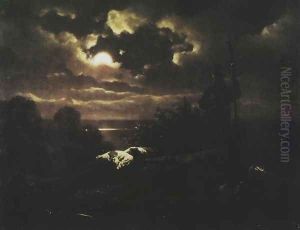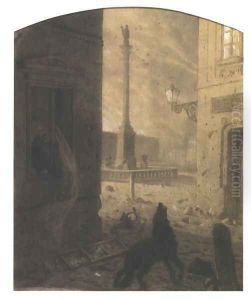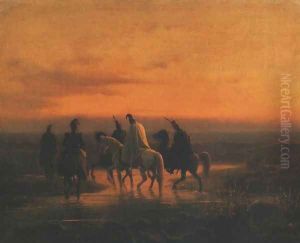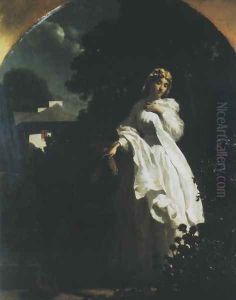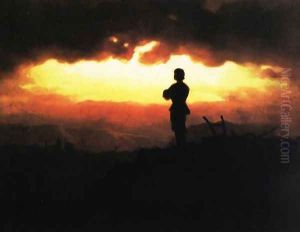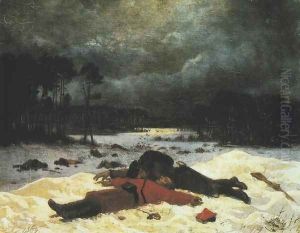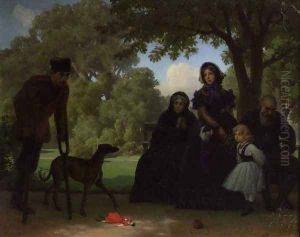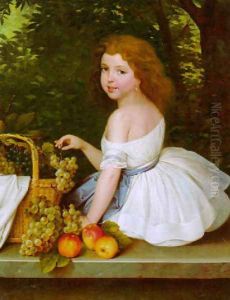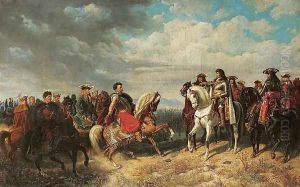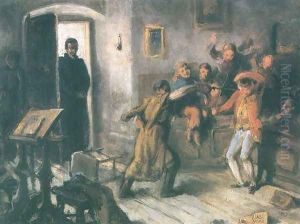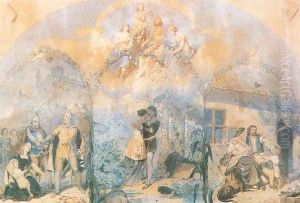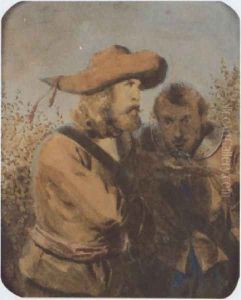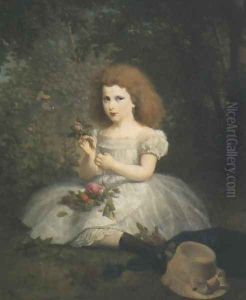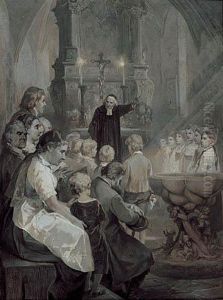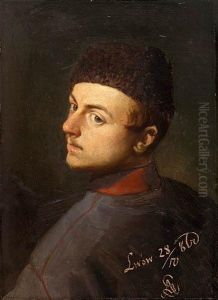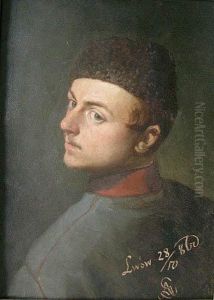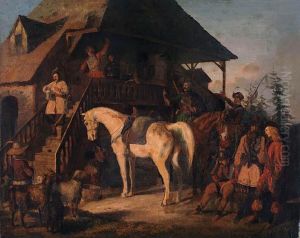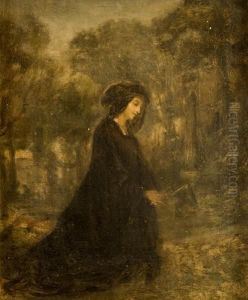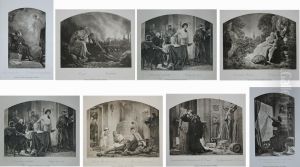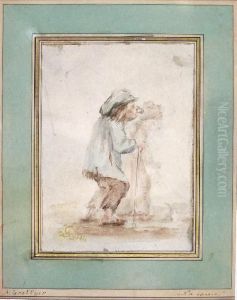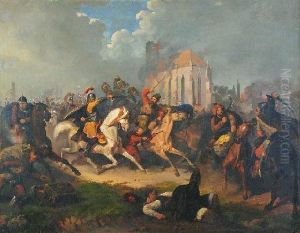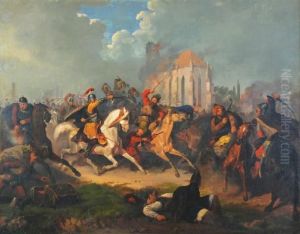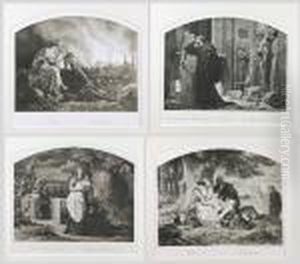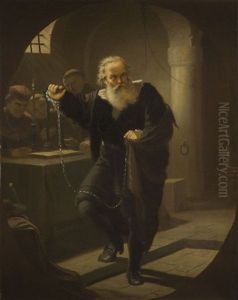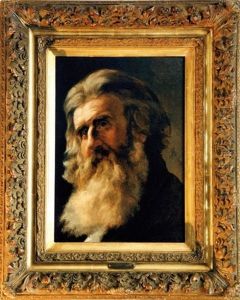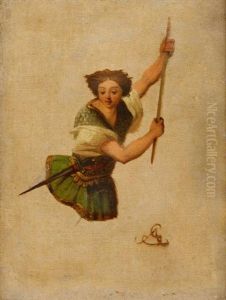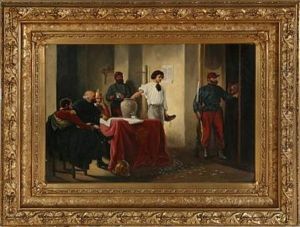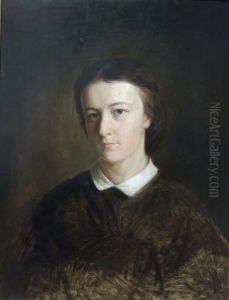Artur Grottger Paintings
Artur Grottger was a Polish Romantic painter and draughtsman, regarded as one of the most important representatives of Romanticism in Polish art. Born on November 11, 1837, in Ottyniowice (then Austrian Empire, now Ukraine), he belonged to a family with a strong patriotic tradition. His father, also named Artur, was an officer in the Austrian army and his mother, Barbara, came from a noble Polish family. Grottger showed an early talent for drawing and attended the School of Fine Arts in Lviv, where he was a pupil of Jan Maszkowski and Władysław Łuszczkiewicz.
In 1852, he moved to Kraków to continue his education at the Academy of Fine Arts under the guidance of Władysław Łuszczkiewicz and Wojciech Korneli Stattler. Grottger's work was heavily influenced by the political climate of his time, especially the struggles for Polish independence. His art often depicted scenes from Polish history, particularly the national uprisings.
Grottger’s fame grew with his 'Polonia' series, a set of drawings that allegorically presented the struggle and suffering of Poland under foreign rule. Another significant work was the 'Lithuania' series, which focused on the tragic fate of his homeland. In addition to historical and allegorical subjects, Grottger also created portraits, landscapes, and genre scenes.
Despite his talent and growing reputation, Grottger's life was marred by health issues. He suffered from tuberculosis, which would eventually claim his life at a young age. In pursuit of a better climate for his health, Grottger traveled to Madeira and then to the health resort of Amélie-les-Bains in the Pyrenees, where he continued to work, producing some of his most poignant drawings.
Artur Grottger never saw the independence of his beloved Poland, as he died on December 13, 1867, in Amélie-les-Bains. His poignant works, imbued with deep patriotic sentiment and his mastery of drawing and composition, have earned him a lasting place in the annals of Polish art history. His legacy is not only that of a talented artist but also of a passionate patriot who used his art to express the hopes and sorrows of his nation.
